
Vertigo is one of Hitchcock's most complex movies. On the surface there is a great story that is full of wonderful details, but if we want to go deeper we find out that the movie works in many levels and that it is both psychological and philosophical. It is interesting that Hitchcock almost "hides" this complexity with his style. When we start analyzing Vertigo, we actually discover that every shot has a meaning and a purpose. However, his form is never distracting, and in some wonderful scenes, his camera angle or editing almost seems "simple" and ordinary. Thus, the main focus point is always the story itself.
The story is about someone who feels a very strong obsession towards the past. He feels he has lost the "perfect past" and wants to recreate it. In this paper, I will argue that the idea of the "lost past" and of the "urge to recreate it" is a recurring theme of Vertigo. Some of these instances deepen our understanding of how past can affect a person, and some just reflect Scottie's feelings. I will also briefly discuss the philosophical meanings found in this aspect of the film.

The film clearly has two parts. They can be separated as the events that take place before Madeleine's fictional death and the ones that take place afterwards. In the first part of Vertigo, Scottie falls in love, but at the object of his affection is "dead". All through the second part, he tries to recreate the "beautiful past" again. Especially in the scene in Ransohoff's where he wants to buy her some dresses, his movements are obsessive, his stare very direct. In the movie, it is the first time we see him so sure of what he wants. The scene where Judy comes back to the hotel room after making her hair like Madeleine is also very similar. First, we see Scottie's point-of-view shot looking outside the window and watching Judy (with blonde hair) coming, then he goes out of the room and starts to look at the empty corridor (again point-of-view). The long take of the empty corridor gradually increases our suspense, as we are just as much as curious and excited as Scottie. The scene thus expresses his desire and impatience of recreating the past by making us identify with his emotions.

When she finally comes, he realizes that her hair does not exactly look like Madeleine's. This small detail is sufficient to disappoint him because what he really wants is the "past" itself. Any reproduction of it will not be enough. Of course, it is an illusion, as everything that he will make her do will have to be a reproduction and nothing else. He only is satisfied when she exactly looks like Madeleine. We see his eyes literally shining (by the lighting) with desire and passion. Hitchcock emphasizes the fact that Scottie is creating himself an illusion by using the green light coming from outside. Judy looks lost in the green as if we were not sure whether she was real or not. We understand that Scottie is actually disconnected from the reality of the present and he is lost in his illusion that he created the "perfect woman" who, he thinks, is dead. In this scene, Hitchcock suggests that bringing back the past in its entirety and its reality is impossible.
Then Scottie takes Judy in his arms. The camera moves around them, stylistically reminding us of his acrophobia (I will mention this later.), then the background becomes the stable of San Juan Bautista, the place where Madeleine was dead. Hitchcock thus implies that in Scottie's mind she has been resurrected. However, because of the effects of the previous "green light shots", we know that she actually is not.

Scottie's obsession of recomposing the past is never over. Just as he achieves the change he wants in Judy, he discovers that she is the same person as Madeleine. Only then can he understand that the "perfect" past that he had in his mind was just an illusion. It was just a fictional reality created by Gavin Elster. Thus, he is actually cured from his "melancholia" and he is no more in love with that woman. Now, he is only obsessed with facing the truth and taking revenge by making Judy face it as well. For example, in the last scene of the movie, at the top of the bell tower, his look is not the look of a lover, but a look of someone who is full of hatred. The dark lighting of his face also emphasizes the dark size of Scottie that comes to the surface at that point. Also, his last line in the movie is: "Too late… too late... there's no bringing her back." He has totally lost his internal ideal.

Moreover, Madeleine's imaginary obsession toward Carlotta Valdes is not only a plot element that helps Hitchcock constructs his story, but also makes us think about the limits of being affected by the past. As we do not know the reality (as Scottie), we are forced to think whether "…someone out of the past, someone dead, can enter and take possession of a human being?" as Gavin puts it. With Scottie, we are questioning ourselves about the reality and reasons behind Madeleine's acts. "How much can the past affect the present?" or "How much of our present life is based on our memories from the past?" are the types of questions we are forced to raise while we are following Madeleine with Scottie. In the movie, there are long scenes just showing his car following hers. By making all those long scenes without any apparent reason Hitchcock makes us think about the hero's emotional state and ask all those questions. They are also a metaphor for Scottie's state of mind. He does not know where he is going; he does not know where everything is going to lead him. There is no predetermined destination, there is only wandering, which symbolizes the search for truth. Is Madeleine mad or not? And who is she, really?

Moreover, Carlotta's story reflects the life of an important person in the film who we see only once: Gavin's wife. As the historian Leibel tells us, Carlotta was a woman loved by her husband and then "thrown away". It is interesting to notice that Gavin's wife is also literally "thrown away" by her husband. This connection brings us to another nostalgic element in the film: the idea of San Francisco as a city that symbolized the freedom for man in the past and that has now changed. Leibel later adds: "Men could do that in those days. They had the power… and the freedom." Similarly, Gavin Elster is still the man who has "the power", as opposed to Scottie who is not even able to have a normal relationship with a woman. He often repeats that he is a "man of independent means", as if he wants to prove it to himself.
The decor in the bookshop conveys a feeling of nostalgia from the very beginning. There are not only some old maps of San Francisco and some prints, but also some antique objects. One interesting thing to be noticed is the poster of the outlaw who is wanted. This can be related to Scottie's feeling of guilt for letting someone die, and also the fact that Gavin is going to end up being just like that outlaw. I already mentioned that he is also parallel to Carlotta's husband. Therefore, Hitchcock describes an important character of the movie without even showing him.
The idea of old San Francisco is also mentioned in the scene where Scottie is in Gavin's bureau. Again on the walls, there are some old pictures and drawings of old San Francisco. Gavin says: "San Francisco's changed. The things that spell San Francisco to me are disappearing fast. I'd like to have lived here then. The color and excitement…the power… the freedom." He obviously envies Carlotta's husband who could easily throw his wife away. The difference between the "manhood" of the two men is also underlined by the mise-en-scene in Gavin's office. Although Scottie sits as if he was unconfident (the plot gives his physical disability as a reason to that), his friend seems very relaxed and very sure of himself.
The recurring of the same idea of "gay, old bohemian days of gay, old San Francisco", as Midge puts it, deepens the feeling of nostalgia and the idea of "lost, perfect" past. In the beginning, in the scene where Scottie and Midge have a long chat, we understand that Midge is still in love with Scottie. She even says: "You know there is only one man for me in the world, Johnny-O." Then we learn that they were engaged once and that she "blew" it. Her look and emotions that she is trying to hide, which is also stressed by Hitchcock who uses two close-ups, tells that she really is nostalgic about that. Parallel to the other characters in the film, she too thinks that she found the happiness in the past, and cannot find it anymore.
It is interesting to see that although the main story is only about a past lived in the first part of the movie, many elements force us to go much earlier. I already mentioned the idea of "gay, old San Francisco", Midge's nostalgia and Madeleine's obsession toward Carlotta.
There are also other examples that follow this formula, such as Scottie's acrophobia. From their conversation with Midge, we learn that he had it before the cop fell from the rooftop. In his dream, we see the idea of Vertigo blending in his uneasiness with the past. The Scottie's fall dissolves to Madeleine's spiral hair and the image of Scottie shouting is superimposed to Carlotta's grave. Hitchcock thus implies that they are parallel feelings and in Vertigo, they are interconnected. The connection is also expressed by some formal elements recurring throughout the film. For example, the turning circle is a motif that forces us to make this connection. First, in the two animated sequences (the credit titles and the dream), there are rotating circles, which actually symbolize Scottie's acrophobia. Then, Madeleine's spiral hairstyle that is the same as Carlotta's in the portrait reminds us those circles, as does the flowers she bought. When he realizes that the Madeleine's hairstyle and her flowers are the same as the ones in the portrait, two similar forward tracking-zoom shots express the parallelism between those. The stairs in the San Juan Bautista that are a symbol of his Vertigo are an example too. Lastly, the tracking camera movement around Judy and Scottie, which I already mentioned, reuses the motif. This interconnection between acrophobia and his preoccupation of the past raises the possibility that both of his problems may be related to the same psychological problem, dating back to his childhood. They may even be the results of the same fear, which is not the subject of this paper.
Another example is the scene in the forest. From the very beginning of the scene, there is a disturbing silence in the surroundings. Scottie says: "Only silence. It's always like this. No birds live here!" The silence and the lack of movement around them convey the idea of eternity in that scene. Hitchcock also emphasizes this by taking some middle-long shots of our heroes, showing how they seem unimportant compared to those huge trees that seem to be "ever-living" as Scottie puts it. Their voices seem to be coming from far away, which suggests that they are lost in this environment, symbolizing how Scottie is actually lost in the psychological sense. As I mentioned earlier, he is led by the events of the story, and never has the "power" to act on his own.
This scene is very different in many ways from the other scenes of Vertigo. It is the first time in the movie that time seems to stand still as if the past, the present and the future seem to unite in one point. It is therefore questioning what "the past" really means. I think Hitchcock suggests that the memory is only a human invention that has nothing to do with the nature. Those trees do not have anything to be nostalgic about or to remember although they are "ever-living". However, human beings force themselves (and because of their psychologies, are forced) to think about the concepts of past and future. Looking at the cut tree, Madeleine says: "I don't like them… knowing I have to die."
Vertigo covers a long time scale, starting from the growth of the trees and ending with the present. By putting in the center of the story a man who has a fixation to the past, and repeating, in many occasions, the difference of the past from the present, Hitchcock makes us think about our personal memories from our childhood (acrophobia) and our collective memories about the society (San Francisco). Nobody in Vertigo is able to deal with this problem: Scottie does not know the difference between illusion and reality; Midge is not mature enough to see that Scottie is not attracted to her anymore, the fictional Madeleine cannot live the present as someone dead takes over her life and Judy does not understand that Scottie only loved the puzzle of Madeleine. The only exception is Gavin Elster who at least achieves what he wants, although he knows it would be much easier a century ago.
Showing all those people struggling with their memories and their past, Hitchcock forces us to think about ourselves. He makes us ask questions such as "How much of my present life is the result of the past?" or "What are the ways of liberating ourselves from memory-obsessions?" Interestingly, despite all of this, he also reminds us that "past" is nothing but a creation of human mind and should not be given more importance than it deserves.




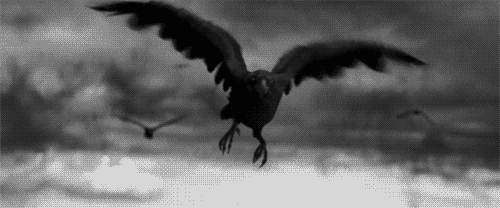
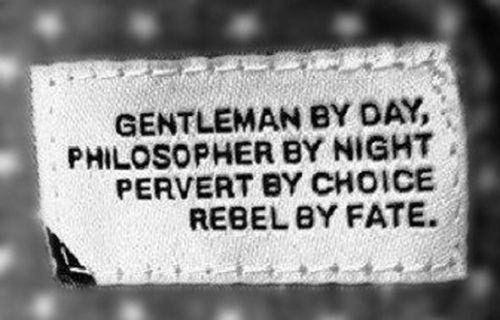



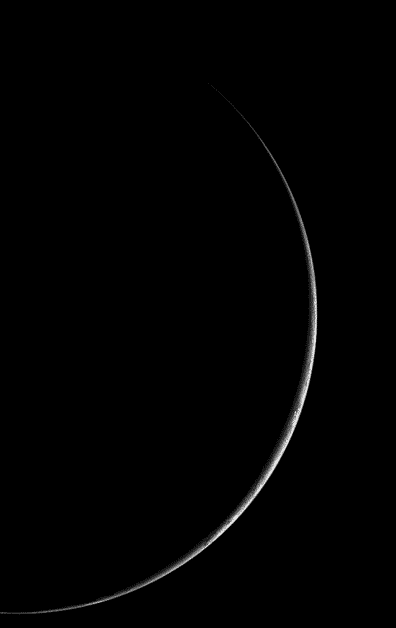








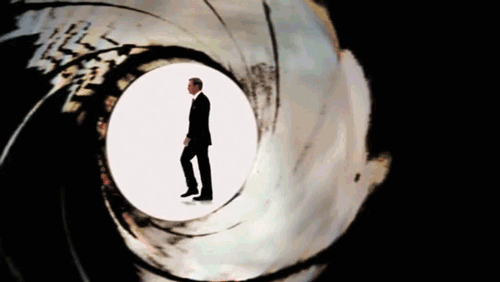


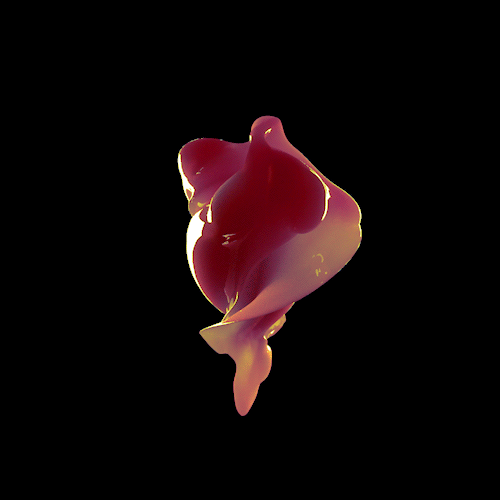


No comments:
Post a Comment